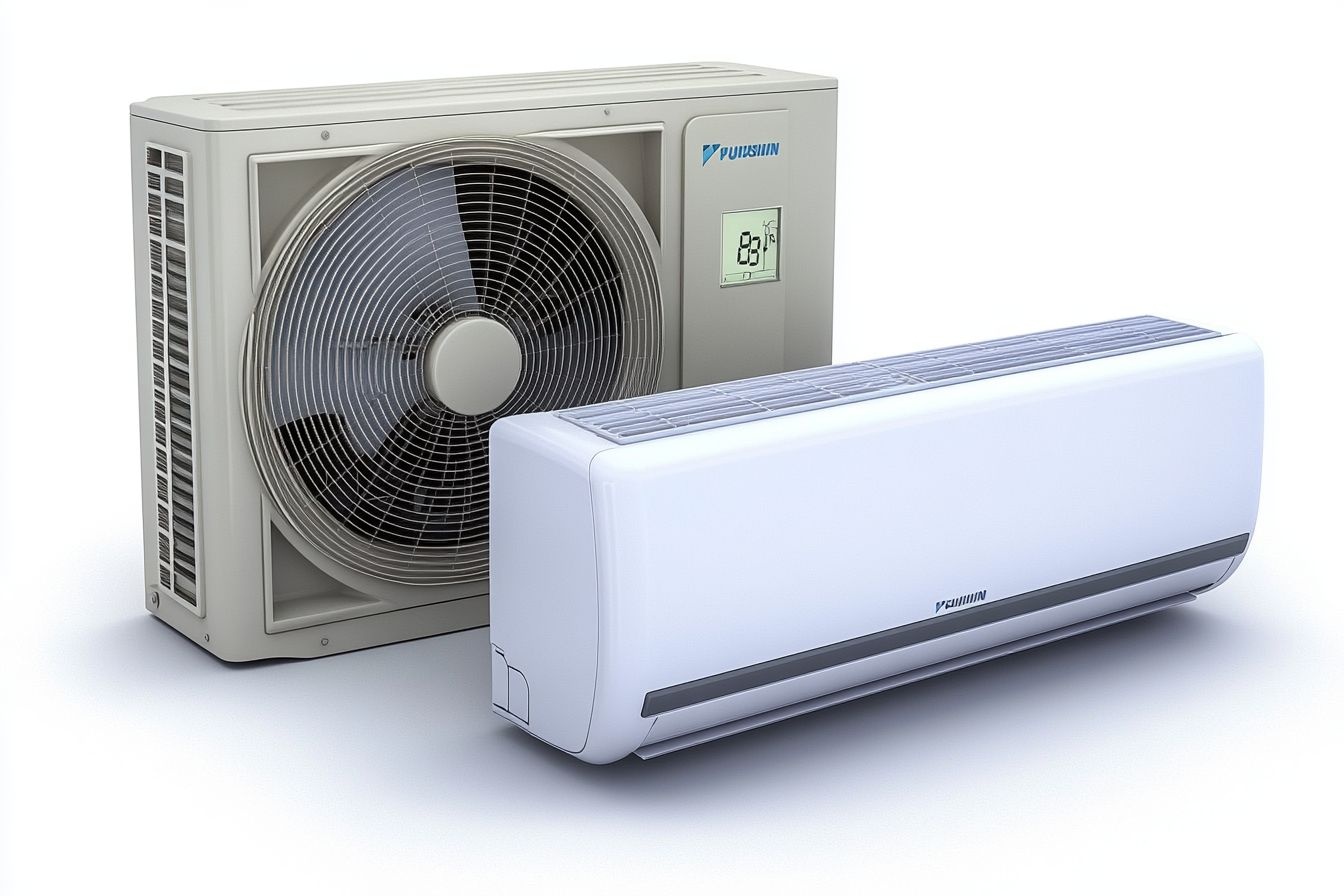Ductless Air Conditioning: A Cool Solution for Modern Homes
Ductless air conditioning systems, also known as mini-split systems, have gained popularity in recent years as an efficient and flexible cooling solution for homes. These innovative systems offer a range of benefits over traditional central air conditioning, making them an attractive option for homeowners looking to improve their cooling capabilities without the need for extensive ductwork.

The system works by circulating refrigerant between the outdoor and indoor units. The outdoor unit compresses and cools the refrigerant, which is then sent to the indoor unit. The indoor unit uses this cooled refrigerant to absorb heat from the room air, effectively cooling the space. The warm air is then expelled outside, completing the cooling cycle.
What are the advantages of ductless air conditioning?
Ductless air conditioning systems offer several benefits over traditional central air conditioning:
-
Energy efficiency: Mini-split systems are highly efficient, as they don’t lose energy through ductwork. This can lead to significant energy savings and lower utility bills.
-
Zoned cooling: Each indoor unit can be controlled independently, allowing for customized temperature settings in different rooms or zones of the house.
-
Easy installation: Without the need for extensive ductwork, ductless systems are easier and less disruptive to install, especially in older homes or additions.
-
Improved air quality: Ductless systems have built-in air filtration systems that can help remove dust, allergens, and other pollutants from the air.
-
Quiet operation: The indoor units of ductless systems are generally quieter than traditional HVAC systems, providing a more peaceful living environment.
Where are ductless air conditioners commonly used?
Ductless air conditioning systems are versatile and can be used in various settings:
-
Older homes without existing ductwork
-
Home additions or converted spaces (e.g., attics, garages)
-
Sunrooms or enclosed porches
-
Multi-family housing units
-
Home offices or media rooms that require independent temperature control
-
Homes with radiant heating systems that lack cooling capabilities
How do you choose the right ductless air conditioner for your home?
Selecting the appropriate ductless air conditioning system for your home depends on several factors:
-
Room size and layout: Determine the square footage of the space you want to cool and consider any unique architectural features that may affect airflow.
-
Number of zones: Decide how many areas of your home require independent temperature control.
-
Cooling capacity: Choose a system with the right BTU (British Thermal Unit) rating for your space. A professional HVAC contractor can help you calculate the appropriate size.
-
Energy efficiency ratings: Look for systems with high SEER (Seasonal Energy Efficiency Ratio) ratings for better energy performance.
-
Additional features: Consider options like Wi-Fi connectivity, programmable timers, and air purification capabilities.
What are the costs associated with ductless air conditioning systems?
The cost of a ductless air conditioning system can vary widely depending on factors such as the number of indoor units, cooling capacity, and installation complexity. Here’s a general overview of pricing for ductless air conditioning systems:
| System Type | Number of Zones | Cooling Capacity | Estimated Cost Range |
|---|---|---|---|
| Single Zone | 1 | 9,000-12,000 BTU | $3,000 - $5,000 |
| Dual Zone | 2 | 18,000-24,000 BTU | $5,000 - $8,000 |
| Tri Zone | 3 | 27,000-36,000 BTU | $7,000 - $11,000 |
| Quad Zone | 4 | 36,000-48,000 BTU | $9,000 - $14,000 |
Prices, rates, or cost estimates mentioned in this article are based on the latest available information but may change over time. Independent research is advised before making financial decisions.
It’s important to note that while the initial cost of a ductless system may be higher than a traditional window unit or central air system, the long-term energy savings and increased comfort can offset this investment over time.
How do you maintain a ductless air conditioning system?
Proper maintenance is crucial for ensuring the longevity and efficiency of your ductless air conditioning system. Here are some key maintenance tasks:
-
Regularly clean or replace air filters (typically every 1-3 months)
-
Keep the outdoor unit clear of debris and vegetation
-
Clean the indoor unit’s fan blades and coils annually
-
Schedule professional maintenance at least once a year
-
Monitor refrigerant levels and have them checked by a professional if cooling performance decreases
By following these maintenance guidelines, you can help ensure that your ductless air conditioning system continues to provide efficient and effective cooling for years to come.
In conclusion, ductless air conditioning systems offer a flexible, efficient, and customizable cooling solution for modern homes. With their ability to provide zoned cooling, easy installation, and energy-saving benefits, mini-split systems are an excellent choice for homeowners looking to enhance their home’s comfort and cooling capabilities.






